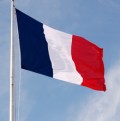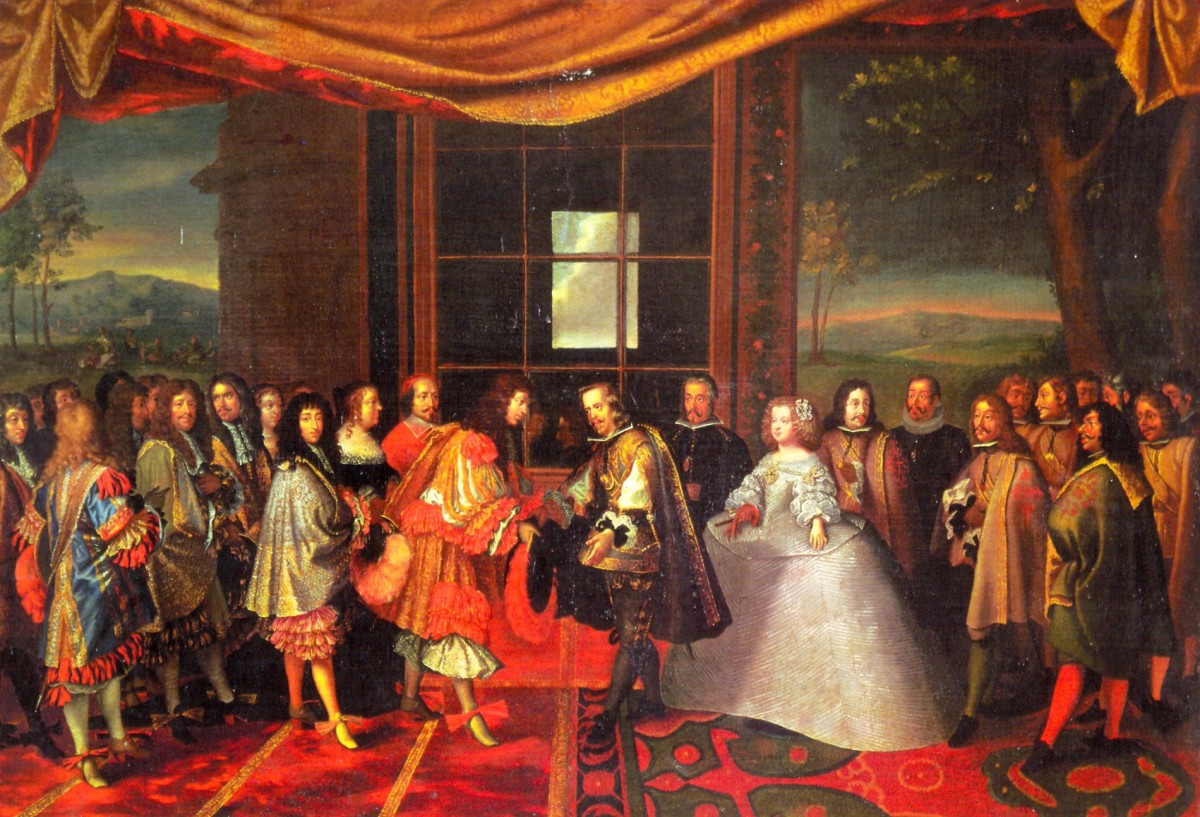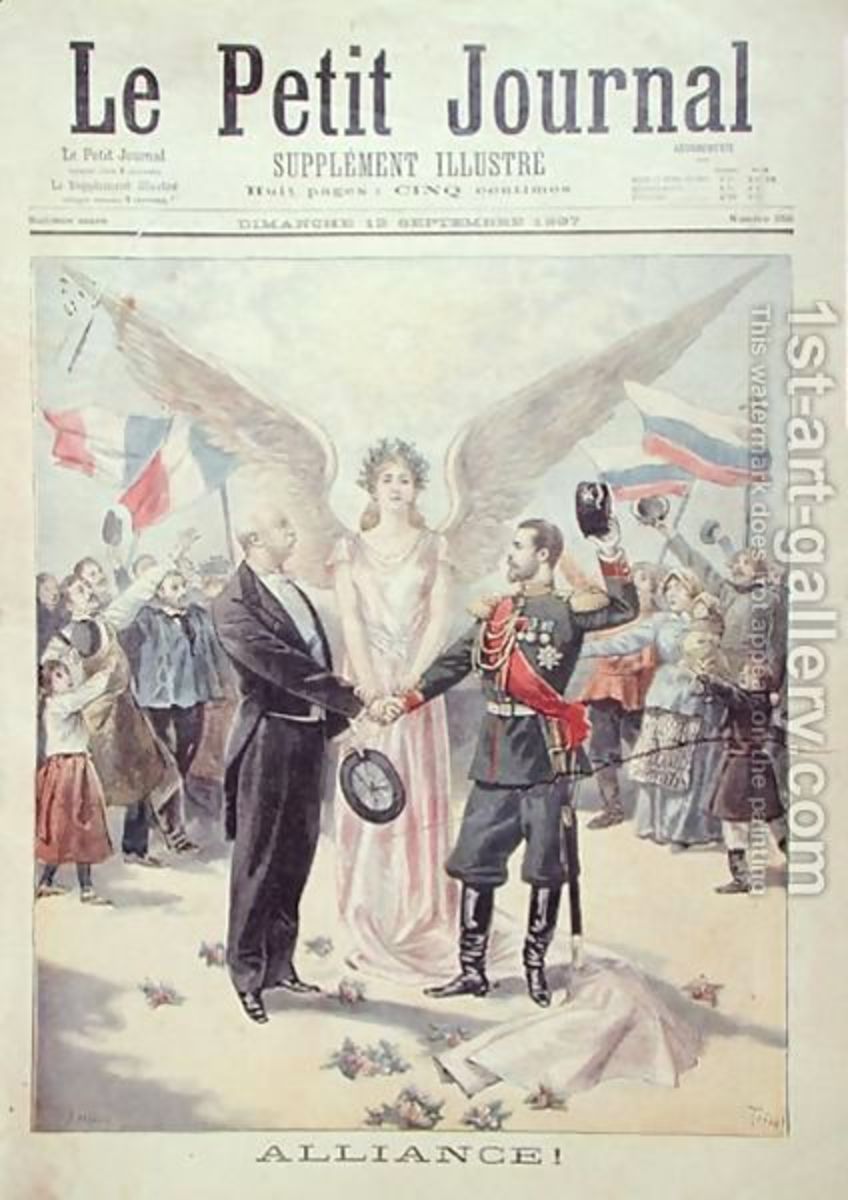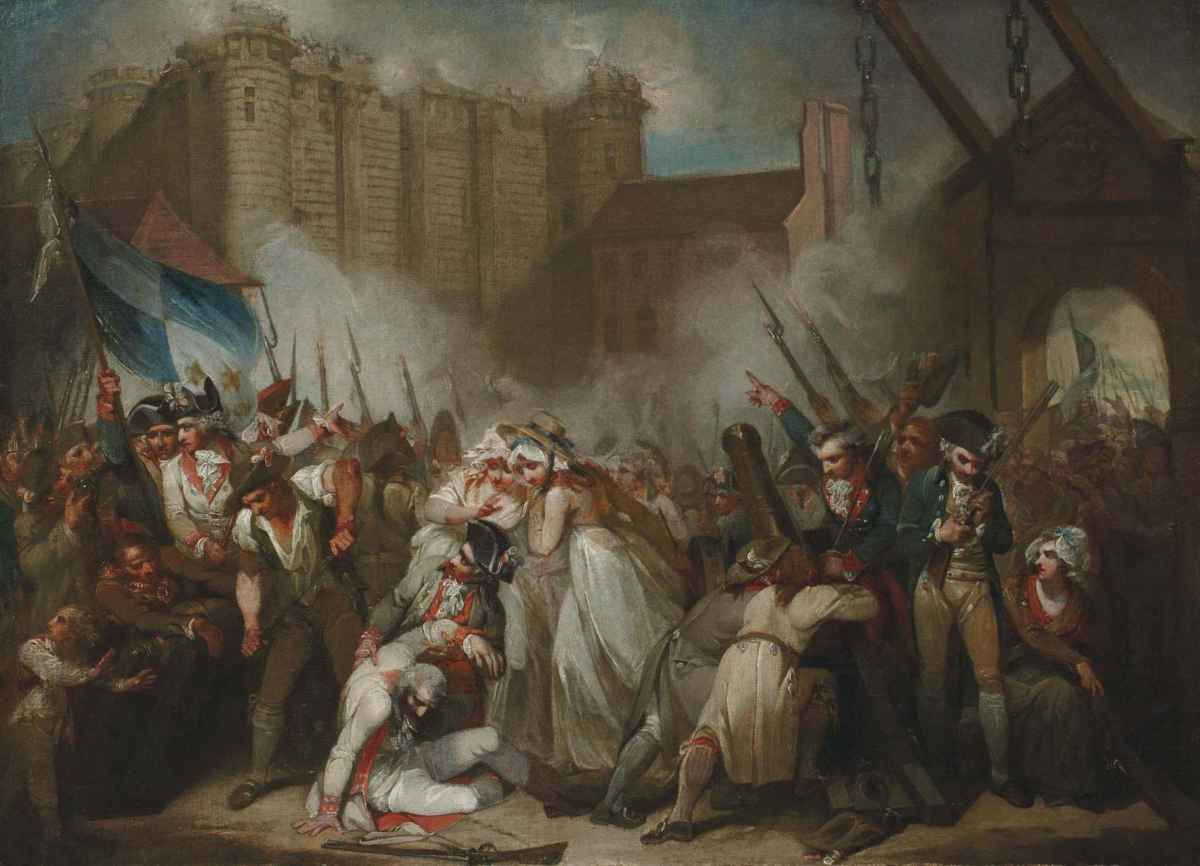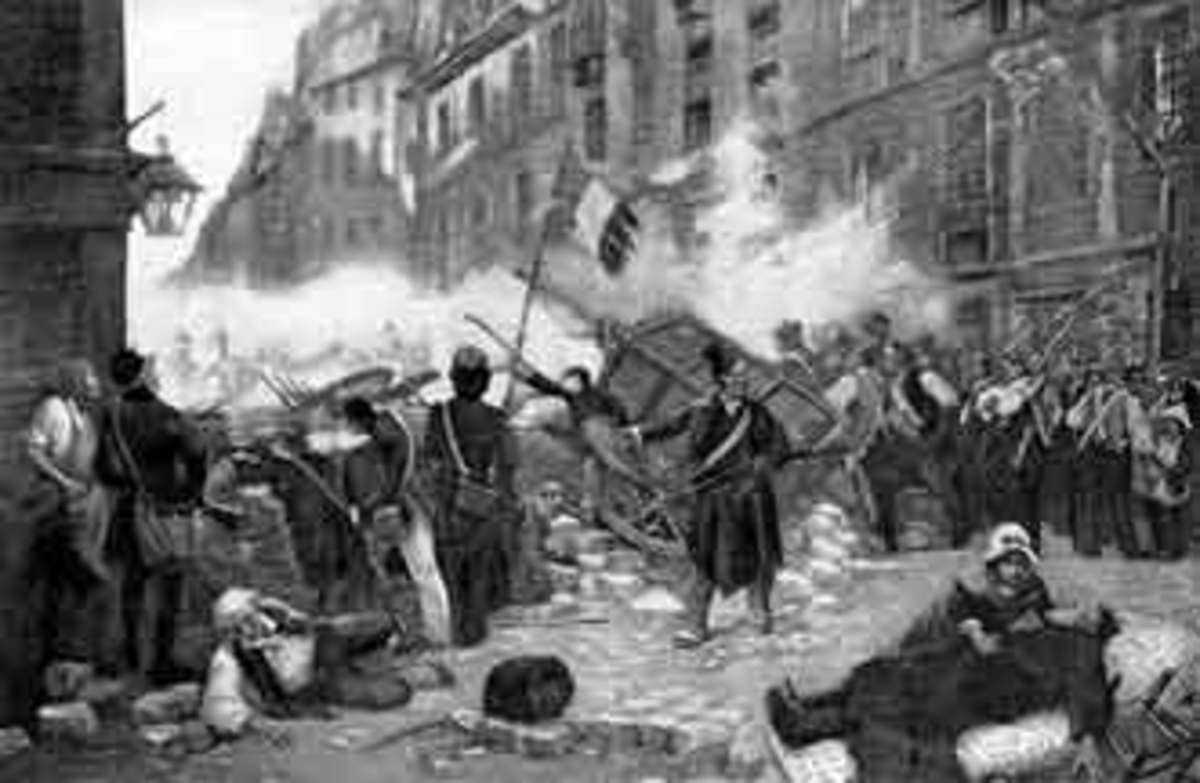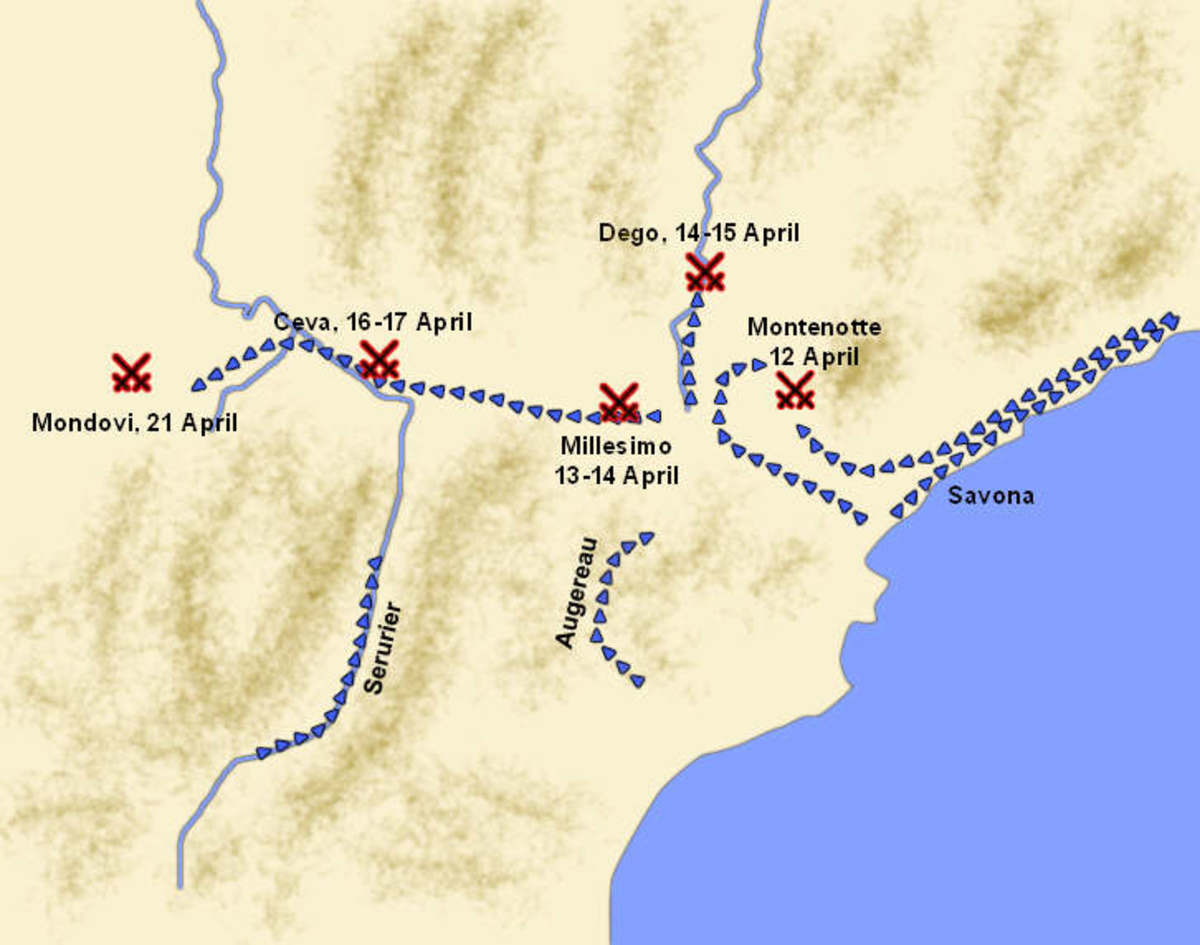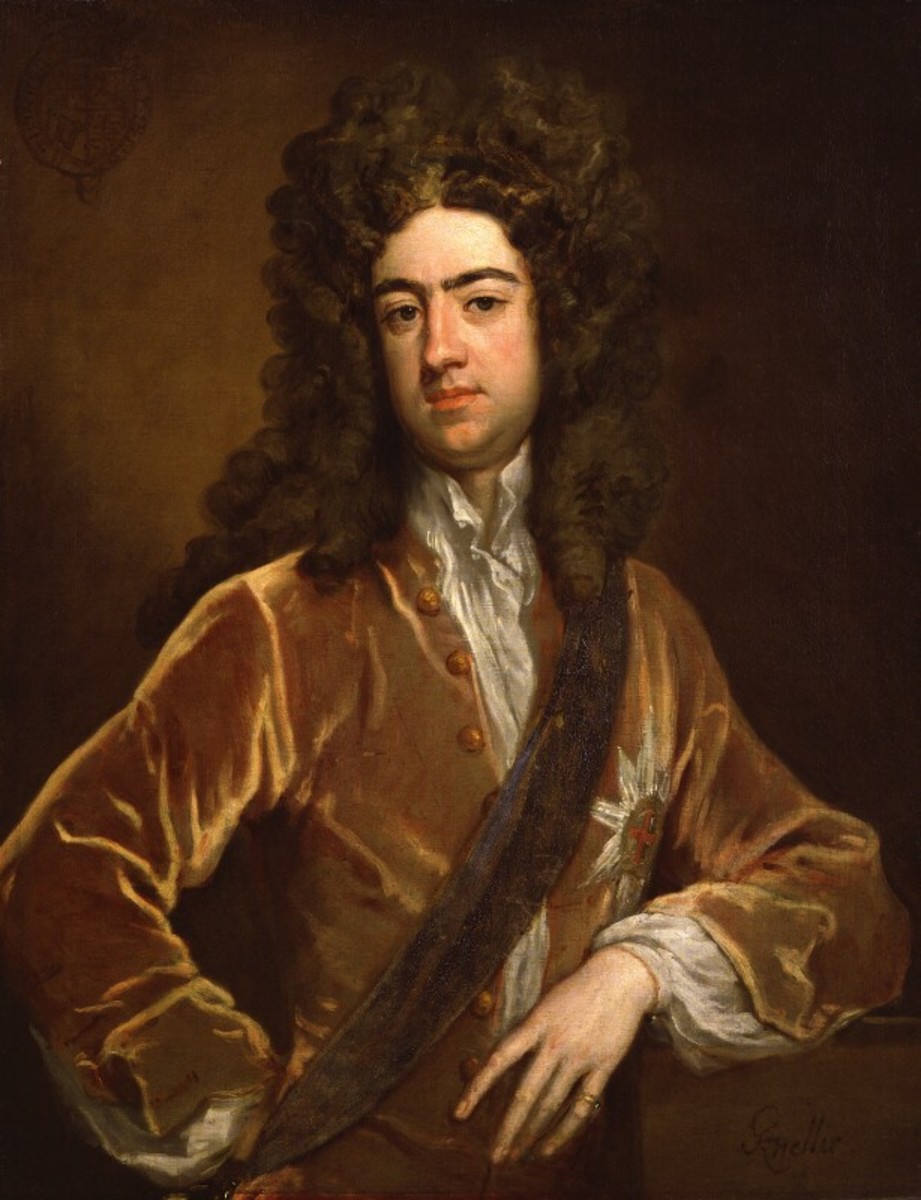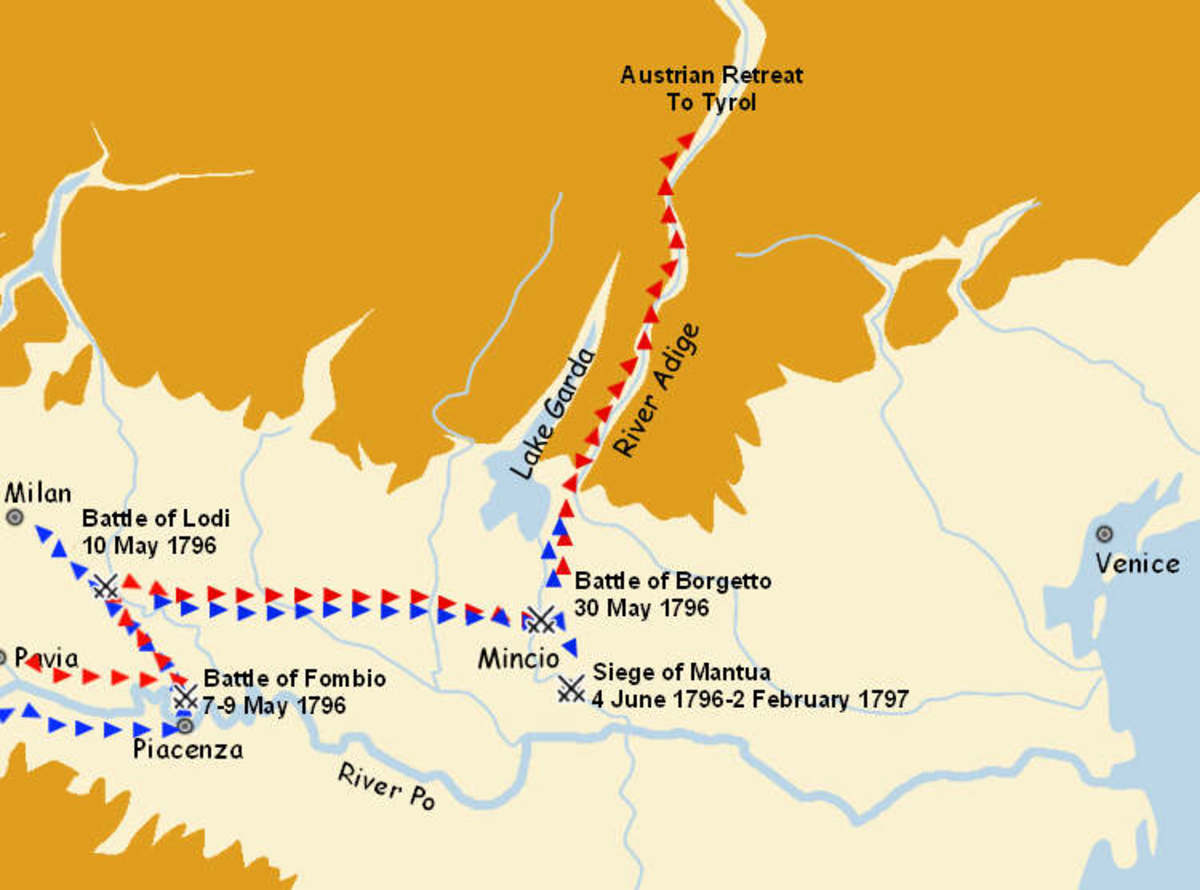- HubPages»
- Education and Science»
- History & Archaeology»
- History of the Modern Era
The French Revolution: 1789-1799
The Tennis Court Oath
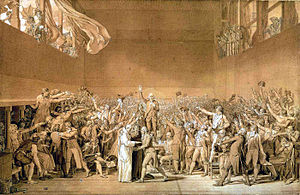
The Tennis Court Oath
On the 20th June 1789, members of the newly formed National Assembly, formerly the Third Estate, arrived at the meeting place of the Estates General, only to find to their horror at the chamber doors were locked and guarded by soldiers. The members instantly thought the worst, thinking that the King’s revenge was forthcoming. However, the meeting room was locked probably because King Louis was mourning over the loss of the Dauphin (his eldest son); tradition dictated that political matters could not be dealt with, until the King saw fit to emerge from mourning. The National Assembly, decided to conduct their own meeting at a nearby indoor Tennis Court, where the famous Tennis Court Oath was pledged. Basically, the oath stated that the group would not separate, until a new constitution of the Kingdom is established.
Upon hearing of the Assembly’s formation, called a meeting, in which he and the Government sought ways to intimidate the Third Estate into submission. But the Meeting proved farcical, the Assembly had now grown stronger beyond all previous measure, the King was forced to officially recognise them. Meanwhile, ordinary Parisians had kept well abreast of the extraordinary events in Versailles, and talk of Revolution soon filtered through the air, the actions of the National Assembly, had inspired the common folk into action, riots sprung up across the city, primarily through inspiration, but also through rising food prices. The Revolution was still in its infancy, but it caused enough concern in Versailles for King Louis to surround his gargantuan Palace with soldiers.
More on the Bastille
The Bastille
The failure of the Estates General sent shockwaves through the Royal family. However, instead of dealing with the real problem, the King had decided lay the blame with Director General of Finance, Jacques Neckar, removing him from his duties. Louis’ move was most unwise, as Neckar was a popular figure with the French masses. As soon, as word spread to them of his dismissal, the hostilities already in motion intensified. On the 13th July, a large group of Revolutionaries stormed Paris’ Town Hall; stripping it of any valuables they could get their hands on, namely weapons and powder. They managed to acquire plenty of powder, but not much in the way of weapons. However, the next day, the mob turned their attention to the Bastille, a huge fortress prison located on the eastern outskirts of Paris. The Bastille had been demonised in the latter half of the 18th Century, becoming a symbol of Monarchical Despotism. The King had the authority to imprison anyone he saw fit, using something called a Lettre de Cachet, it literally was just a simple piece of paper, that gave authority to detain anyone without any legal process, and at the time most who resided in the prison were political dissenters or writers whose works were deemed seditious, or young and often noble delinquents whose families felt it best that their sons be locked up for a while for their own good.
The people did not attack the fortress, instead they were after the weapons stored in the armoury, whilst the weapons were useful of course, the storming of the infamous prison, served to hand a symbolic victory to the Revolutionaries, by getting past the guards, and claiming its weapons for themselves, the people of Paris sent a very clear message to Louis, we are not to be trifled with.
An Iconic Moment in History
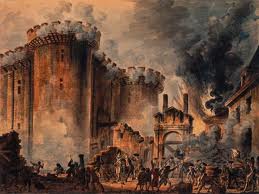
Kingdom in Upheaval
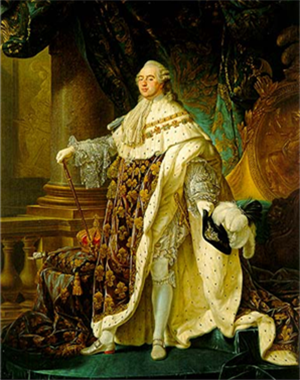
People Power
The political implications of the fall of the Bastille were immediately clear, power shifted out of the hands of the King and the Estates General, and into the hands of the people. All across France, Royal authority began to collapse as the people, represented by popular militias and town councils assumed power.
It seemed as though Paris was headed for peace, the previous corrupt government was now in exile, the popular financial man Jacques Neckar had been reinstated, all seemed well. In order to bolster their defence, the Assembly asked the Marquis de Lafayette, a noble to assemble a selection of citizens to form what would become the French National Guard. Incidentally it was the Marquis that made the decision to combine red and blue (the colours of the city of Paris) with the white already worn by the French, to form the now familiar tricolour cockade. It soon became a patriotic symbol, and eventually became France’s national colours.
Fear, Decrees and Declaration
While Paris was erupting in the spirit of Revolution, that very same spirit inspired the Peasants and Farmers of the countryside to rise up against their feudal overlords, like their urban cousins they suffered from high prices. After hearing of the Third Estates mistreatment at the hands of the Estates General, violence ensued, attacking country manors and estates, burning some of them to the ground. In the wave of these attacks, a mass hysteria gradually built up around it, namely the Great Fear, which lasted from until early August 1789.
The National Assembly quickly identified the seriousness of the situation; the fear that the peasants would destroy all that they had worked hard for was very real. They attempted to quell the destruction by issuing the August Decrees, which a long way towards freeing the Peasants from the feudal obligations that bound them to their landlords. The Decrees had the desired effect, and the countryside calmed down for now.
Three weeks later, on the 26th August, the National Assembly issued forth the Declaration of the Rights of Man and of the Citizen. It guaranteed a fair and just process in all legal matters and established independent sovereignty among the people. The document outlined that every Frenchman, was a person and equal to one another. As you would expect, the people embraced it with open arms, whilst the nobility scoffed at it. But the opinions of the nobility mattered less and less now, the Declaration effectively ended the Old Regime, and whilst other constitutions set in place by the Revolutionaries would fade away, the themes of the Declaration would remain with the French people to this day.
Women Join the Fight
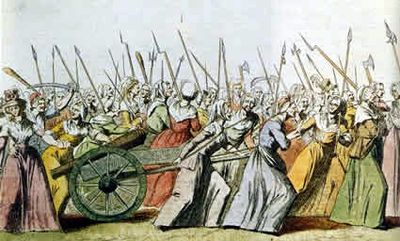
Trouble in Paradise
The new rights granted to the French people, should have made their country a paradise, but despite the great strides made by the Assembly in gaining liberty for their people, nothing had been done to address the growing shortage of food in France. It was the women who lived mostly under the burden of having to keep their families fed. Taking matters into their own hands, they stormed into Paris, to assemble supporters and gather weapons. The small army then proceeded onto their real target, Versailles, accompanied by the National Guard for protection.
The King was overwhelmed by the mob, and was forced to sanction the August Decrees and the Declaration. Moreover, the mob forced him and his family to travel back to Paris with them, so that they could see firsthand how the people were suffering. The people did not blame the King for the woes that had befallen them; instead they pointed the finger of blame squarely at the nobles. They focused on the King, because he was the figurehead, and was regarded as ignorant to the plight of the peasants. In fact, a popular saying at the time was ‘If only the King knew’. It was this conception that compelled some members of the Assembly to call for the creation of a Constitutional Monarchy, rather than oust the Royal Family completely. The Royal Family themselves, were imprisoned in Tuileries Palace in Paris by the female army.
More on Louis XVI and Marie Antoinette
- Marie Antoinette | Queen of France
Lucidcafé's Profile of Marie Antoinette - Marie Antoinette Online -
- Louis XVI Biography
Louis XVI biography summarized: Louis August became Louis XVI King of France at 20 years old. He wasn't prepared to be a king and he failed to understand the French Revolutionaries. - BBC - History - King Louis XVI
Read a biography about the life and reign of Louis XVI - King of France and husband of Marie Antoinette.What led to his eventual execution?
A Constitution
King Louis, despite showing a strong front to the Revolutionaries in public, was a deeply depressed man in private. This crippling condition was probably what forced him to attempt an audacious escape attempt in June 1791. Throughout the duration of the Revolution, he had managed to maintain contact with the rulers of nearby Austria and Prussia. He asked them to help restore him to the throne. Louis and his family fled from their prison of Tuileries, their intention was to meet with the Austrian army just across the border from France. However, the Royal party were caught just a few miles from the border and brought back to their palace prison.
The Austrian and Prussian rulers quickly responded to the grave news of Louis capture by issuing the Declaration of Pillnitz on the 27th August 1791, they warned the French not to harm their King further and to restore him to his rightful place, as ruler of France. The implication was obvious for all to see, if the French failed to comply with the demands, then Austria and Prussia would have little recourse but to declare war on the French Revolutionaries.
In September 1791, the Assembly finally released its much anticipated Constitution of France, which created a Constitutional Monarchy, allowing Louis to continue as King. However, he and his ministers would be answerable to a new legislative, called the Legislature Assembly, which served to abolish all of the privileges enjoyed by the nobility. Furthermore, the Assembly introduced a Poll Tax, and barred servants from voting in the proposed democratic elections, to ensure that control of France remained with the middle class.
The Constitution was welcomed by most of the people, but they were some in the Assembly who disliked certain terms of this new fledgling government. The Assembly was made up of two political factions, the Girondins, were largely drawn from the urban population, and they favoured a Constitutional Monarchy, as they were more conservative, loyal and generally harboured less resentment for the Monarchy. The opposition came from the other faction known as the Jacobins, made up of a group of radical liberals who wanted to push the Revolution further, remove Louis from power completely and form France into a Republic.
Arrested in their own Home
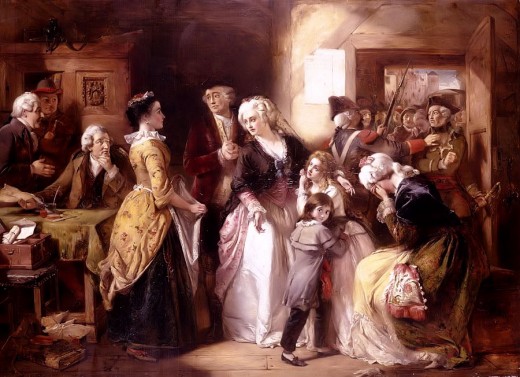
Louis and Marie Antoinette
Further Rifts
In the months after the Constitution was ratified by the King, the feelings of dissent actually increased in some sections of French society. The peasants, who still felt short changed, formed their own group, the Sans-culottes, the name literally means without culottes or knee breaches often worn by the more privileged classes, the name reflected the amount of disdain they regarded the ruling classes with. Slowly, they began to grow in influence and power, and becoming increasingly violent with it.
The Girondins, who now ruled France, desired to keep Louis, but still felt threatened by the Declaration of Pillnitz. The leader, effectively France’s Prime Minister, Brissot succeeded in rallying the Assembly into taking action by declaring war on Austria and Prussia. However, the war proved to be ill advised, the Revolutionary army had had little time to train and ready itself for it, and the subsequent invasion of Austria was a disaster. The canny Austrians had expected the French to attempt an invasion, and had gone to the trouble of lining the border with seasoned Austrian troops. The French were totally trounced, their army fleeing in all directions.
In the aftermath of the defeat, Louis removed Brissot from office, which proved to be extremely unpopular. An angry mob of Girondins converged on Tuileries Palace to demand his reinstatement, but the pleas fell on deaf ears, already it seemed as though Louis had overstepped in his new role. Several weeks later, an anti Monarchy mob, led mostly by Jacobins stormed Tuileries, succeeded in capturing the Royal family, who had attempted a vain escape. In the eyes of the mob, the Royal family had committed treason against the people of France.
Execution of a King and Queen
The Moment After
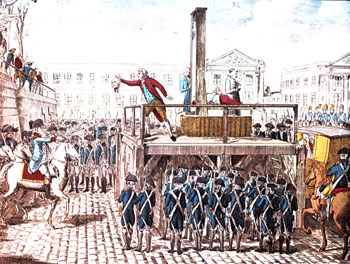
Republic, Execution and Reign of Terror
In late 1792, the Revolutionary Government decided to do away with the Constitutional Monarchy and instead elected a number of delegates to form a National Convention to oversee the running of France. The convention held its first elections in September 1792, which led to the abolishment of the Monarchy and declaration of France as a Republic.
But what of Louis and his Austrian Queen, Marie Antoinette, the new Republic held the Monarchy in nothing but the utmost contempt and proposed that the former King and Queen be executed. However, straight execution was denied by the moderates who favoured a trial. In reality though, the trial was a formality, Louis was found guilty of treason and executed on the 21st January 1793 by Guillotine. Marie Antoinette would suffer a similar fate on the 16th October of that same year.
In the aftermath of the execution, France was still engaged in a futile war with Austria, foreign forces flooded onto French soil. The citizens had seen enough, deciding that the Girondins were no better; they succeeded in overthrowing the Government, and a new Jacobin influenced Government took over led by Maximilien Robespierre. Using the newly updated Constitution, ratified in 1793, Robespierre began to conscript citizens into a new army that would remain largely unchanged in structure throughout the reign of Napoleon. He also implemented a series of laws seeking to stabilise France’s weak economy. But all too soon, he became paranoid of possible counter revolutions, and thus embarked on the infamous Reign of Terror which lasted until mid 1794. During that period, 15,000 people would meet their end on the Guillotine. He did though; manage to repel the invading Austrians from French soil. Ironically, the military victories and economic stabilisation would spell the end of Robespierre. By July 1794, he no longer had the necessary justifications on hand to carry out his atrocities. He himself would suffer the same fate as Louis, Marie Antoinette and the 15,000 people who died under his reign.
The execution of Robespierre finally brought an end to the violent period of the French Revolution. But officially, the Revolution did not end until 1799, when superstar General Napoleon Bonaparte led a victorious coup against the new Republic, and declared himself Consul. Five years later, he would crown himself as Emperor.
References
http://en.wikipedia.org/wiki/Marie_Antoinette
http://en.wikipedia.org/wiki/Louis_XVI_of_France
http://en.wikipedia.org/wiki/French_Revolution
http://en.wikipedia.org/wiki/Causes_of_the_French_Revolution
http://en.wikipedia.org/wiki/The_Women%27s_March_on_Versailles
http://en.wikipedia.org/wiki/The_storming_of_the_Bastille
Blanning, T.C.W, The Eighteenth Century, Oxford University Press, 2000
Dwyer, P, Napoleon- The Path to Power 1769-1799, Bloomsbury Publishing, 2008
Foreman, L & Phillips, E, Napoleon’s Lost Fleet, Discovery Books, 1999
Grant, R.G, Battle, Dorling Kindersley, 2010
Rothenberg, Gunther, The Napoleonic Wars, Cassell, 1999
The New Man on the Scene
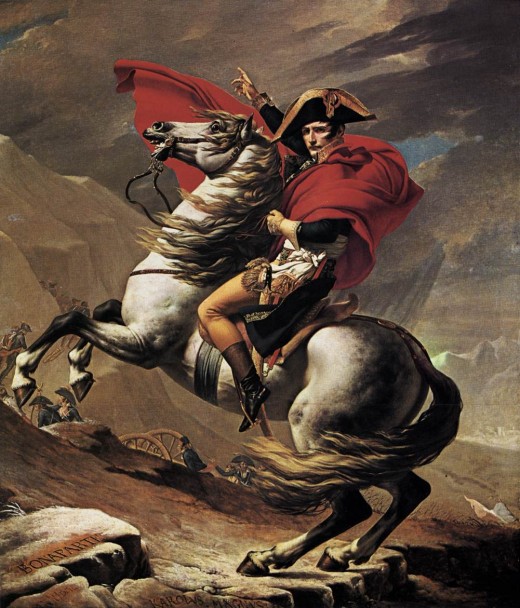
Napoleon
© 2012 James Kenny

![Wild World (Complete Edition) [Explicit]](https://m.media-amazon.com/images/I/61w5cfDr8YL._SL160_.jpg)


